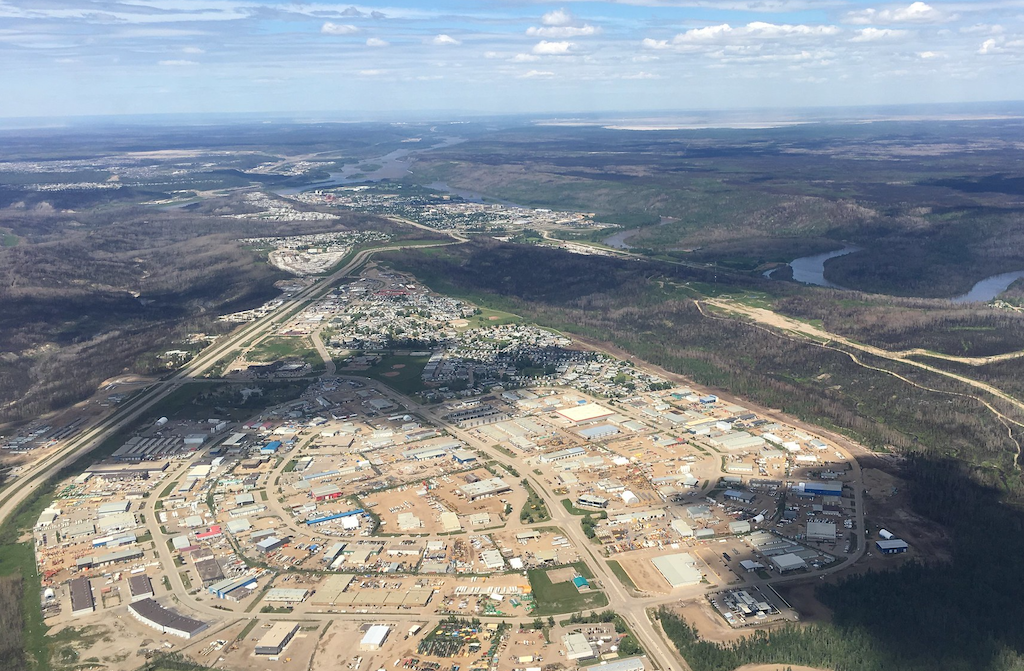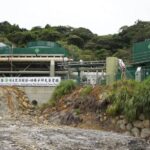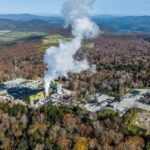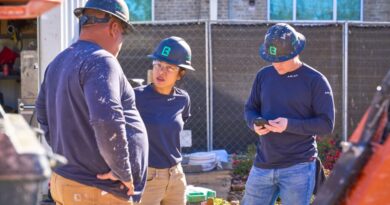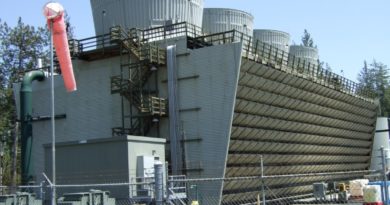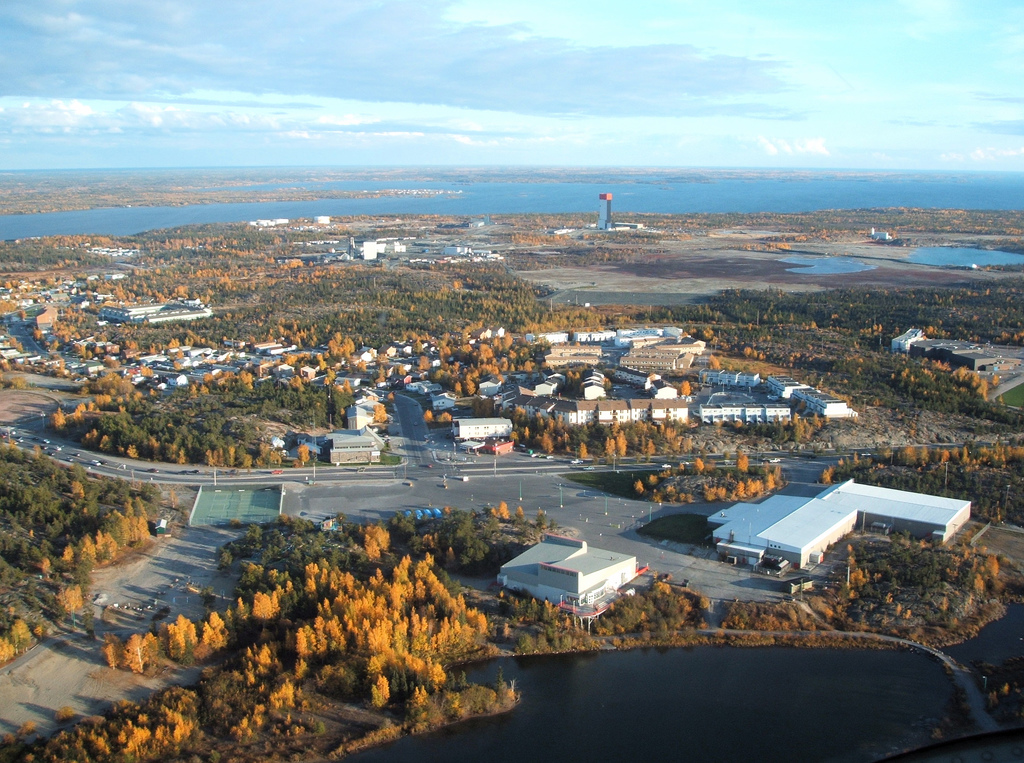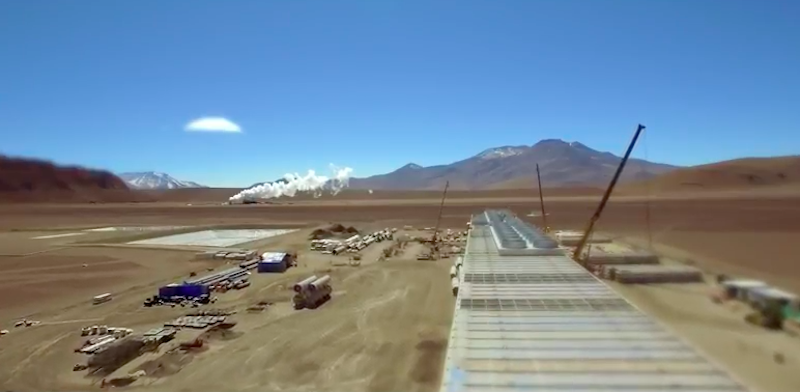Tapping Canada’s oil sands mines for commercial geothermal utilization
Energy Disrupter
Canada’s Oil Sands Innovation Alliance and Eavor Technologies have partnered up on an economic feasibility assessment of Eavor’s technology, as a method of providing thermal energy to an oil sands mine over a 30-year project life.
A new study investigating the application of geothermal energy in oil sands mining is moving the commercial potential of this renewable energy source closer to reality, so a release by Canada’s Oil Sands Innovation Alliance (COSIA). COSIA has partnered with Eavor Technologies Inc. and C-FER Technologies to conduct a high-level economic feasibility assessment of Eavor’s technology, Eavor-Loop™, as a method of providing thermal energy to an oil sands mine over a 30-year project life.
The study, scheduled for completion early in 2022, builds on a previous feasibility assessment conducted by C-FER on behalf of COSIA that identified the potential for Enhanced Geothermal Systems (EGS) as a low-carbon hot water source to replace or reduce the natural gas usage associated with water heating in mining. The preliminary report delivered a better understanding of the technology, forecasting a reduction in greenhouse gas (GHG) emissions by an average of almost 60 kilotons of CO2 a year over a 30-year project life – equivalent to the CO2 emissions of 15,000 vehicles per year.
The preliminary report recommended further investigation of geothermal systems. COSIA and its members, representing 90 per cent of all oil sands production, are now launching a second study to evaluate Eavor’s Advanced Geothermal System (AGS), the Eavor-Loop™. The technology uses existing oil and gas drilling technology and expertise to build a deep subsurface heat exchanger, or radiator, to collect heat from below the earth’s surface. The technology promises to improve the economics of geothermal energy and address related challenges.
This second study will design a multi-well layout for commercial scale AGS using Eavor-Loop™ and propose an appropriate location for drilling and logging an appraisal well on an oil sands mining site to characterize reservoir conditions in the area.
“This is an exciting step forward in the potential application of this clean energy solution and one of several avenues of innovation that COSIA and its members are pursuing to support sustainable development of the oil sands through reducing emissions,” says Robert Mugo, Director, Greenhouse Gases at COSIA. Mugo noted the project demonstrates the value of COSIA, an alliance of oil sands producers that brings together expertise and experience from diverse sources to tackle GHG emissions and other tough industry challenges.
Eavor Technologies is an Alberta based technology company that has its roots in the oil sands. Much of the company’s intellectual property is based on thermodynamic modelling, well engineering, and experience borrowed from oil sands steam injection projects, says Matt Toews, Eavor’s Chief Technology Officer. “We employ these same tools and skillsets in reverse; rather than injecting thermal energy we extract it, from much deeper in the earth. Direct heat use is the most efficient use of geothermal and we are very excited to be part of this study with C-FER and COSIA to investigate utilizing geothermal energy in an oil sands industrial process to significantly reduce GHG emissions.”
C-FER Technologies works in partnership with the global energy industry – including COSIA members – to advance safety, environmental performance and efficiency. This work includes helping oil sands producers and technology developers – such as Eavor – to analyze the feasibility of and de-risk new technologies that show potential to positively impact GHG emissions. “Geothermal is a renewable, clean energy source that can replace other energy sources in the right applications,” says Kelly Piers, Principal Engineer at C-FER. “We look forward to assessing EAVOR’s technology as a potential fit for providing thermal energy for oil sands mining operations.”
Currently, oil sands mines produce hot water through a combination of natural gas fired boilers, cogeneration units, and process waste heat. Alternative water heating methods that can replace or supplement this conventional hot water production offer the opportunity to reduce both natural gas usage and carbon emissions from operations.
What is AGS?
The key technical differentiator relative to conventional geothermal or enhanced geothermal systems is that advanced geothermal systems (AGS) do not require water to flow from the subsurface, eliminating the need for a rare hot water source. Eavor’s AGS system is a subsurface closed-loop radiator, or heat exchanger, that relies only on conductive heat transfer from the surrounding rock deep in the earth, rather than convection or reservoir fluid flow.
Alberta advantage
Despite its geothermal potential, Canada currently has no commercial geothermal power plants. However, it turns out there are similar challenges in producing high temperature oil from wells (one of the ways bitumen is extracted in the oil sands) and producing high temperature water or steam from geothermal energy. That means Alberta has a lot of applicable expertise, innovation and technology that can be transferred to development of geothermal energy, which may have application in the oil sands.
Source: Canada’s Oil Sands Innovation Alliance


